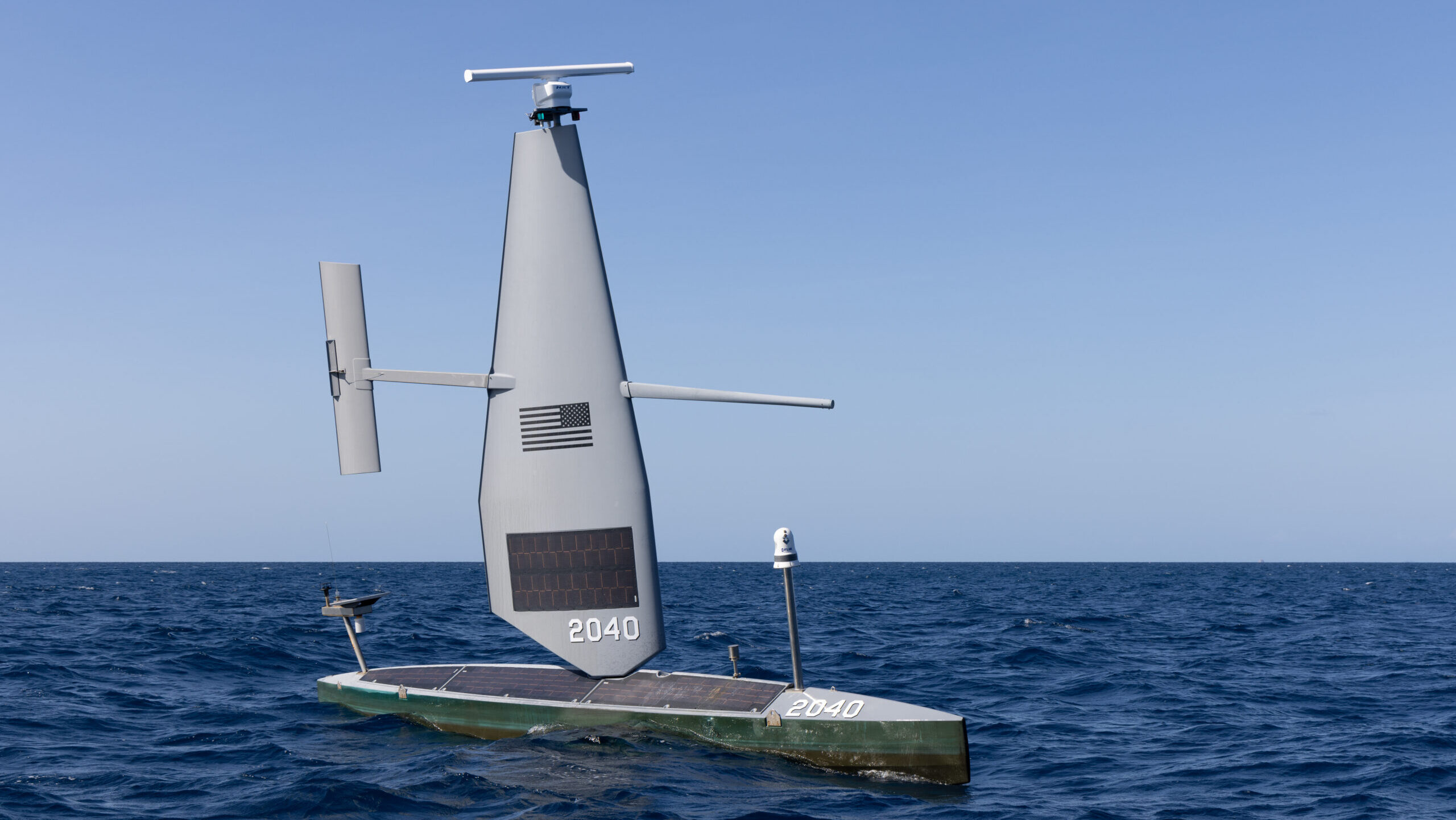On November 8, 2025, Super Typhoon Fung-Wong, known locally as Uwan, made landfall in Aurora Province on the island of Luzon, leading to the evacuation of nearly one million people. The storm arrived with sustained winds of 115 miles per hour and gusts reaching 143 miles per hour. Tragically, at least two fatalities have been reported as the nation braces for the impact of this intense weather event.
The Philippine Atmospheric, Geophysical and Astronomical Services Administration (PAGASA) had issued warnings of life-threatening storm surges associated with Fung-Wong, making it the second significant storm to hit the region within a matter of days. The earlier Typhoon Kalmaegi had already caused extensive damage and loss of life, claiming nearly 200 lives in the Central Philippines and five in Vietnam.
Evacuations and Emergency Preparedness
As Fung-Wong approached, civil defense officials reported a drowning incident and the recovery of a woman’s body trapped under debris in Catbalogan City. In anticipation of the storm’s arrival, nearly 300 flights were canceled due to the closure of several airports across the region.
The Metro Manila Disaster Risk Reduction and Management Council activated its highest state of readiness, with Civil Defense Director George Keyser emphasizing the importance of preparation. “The volume of rain could be unprecedented, even if the eye makes landfall far north,” he noted during an emergency meeting.
Keyser highlighted the critical hours from Sunday afternoon through Monday night, urging local governments to clear streets for search-and-rescue and relief operations. The alert led to the mobilization of 486 traffic enforcers, 130 flood control teams, and 40 road emergency crews, alongside K-9 units ready for action.
Storm’s Path and Future Impact
The mass of the typhoon spans an impressive 932 miles, already impacting the eastern regions of the Philippines with strong winds and heavy rainfall. Meteorologists predict that Fung-Wong will weaken after landfall but remain a significant typhoon as it traverses northwestern Luzon before shifting direction toward Taiwan.
Authorities have implemented full response protocols at 71 pumping stations, with video monitoring set up at 85 critical sites. Emergency services are prepared with boats, cranes, payloaders, and buses on standby for evacuations as conditions evolve.
As the nation grapples with the immediate effects of Fung-Wong, the recovery from Typhoon Kalmaegi adds to the urgency. The situation remains dynamic, and further updates will be critical as the storm progresses.







